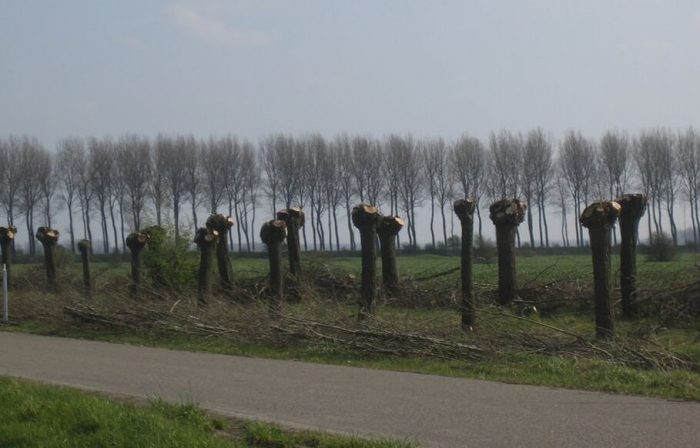Here is a word from The Valley of Fear, one of The Greatest Adventures of Sherlock Holmes. When I looked it up the first time, it really puzzled me, so I had to find another dictionary. Now I fully understand.
Coruscation – according to Merriam-Webster, there are two definitions. 1. Glitter or sparkle. 2. A flash of wit. I am sure Sir Arthur Conan Doyle was using the second definition.
Usage: Holmes and Watson are trying to decipher a coded message.
“Brilliant, Watson. You are scintillating this morning… Have we reached the limits of what reason can supply?”
“I fear that we have.”
“Surely you do yourself an injustice. One more coruscation, my dear Watson. Yet another brain-wave.”
Sherlock Holmes and Dr Watson, The Valley of Fear, Sir Arthur Conan Doyle, circa 1914




